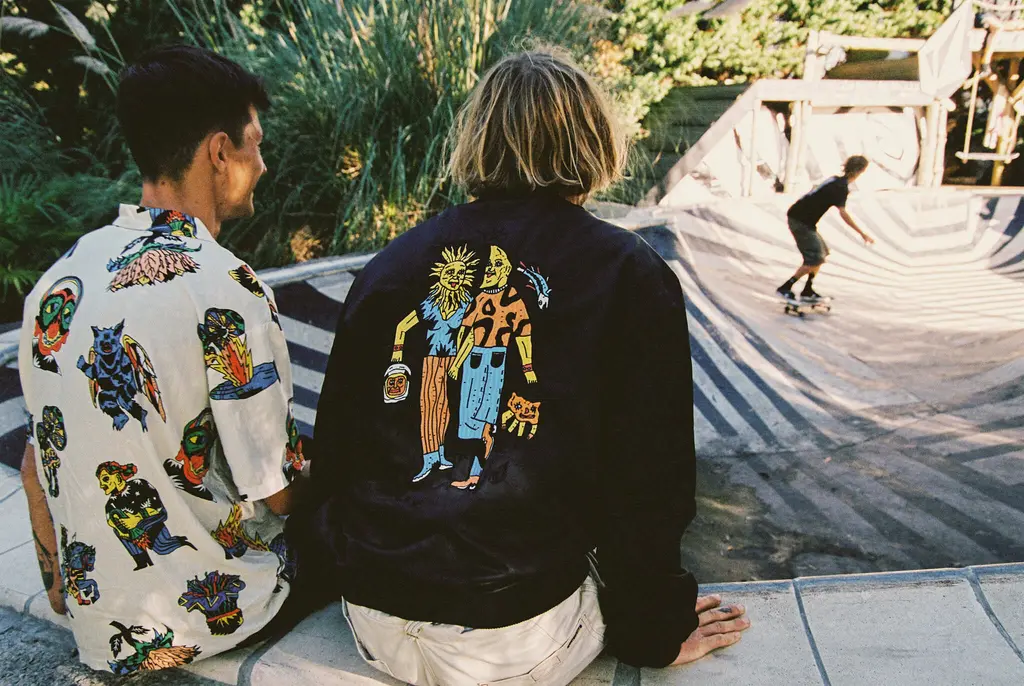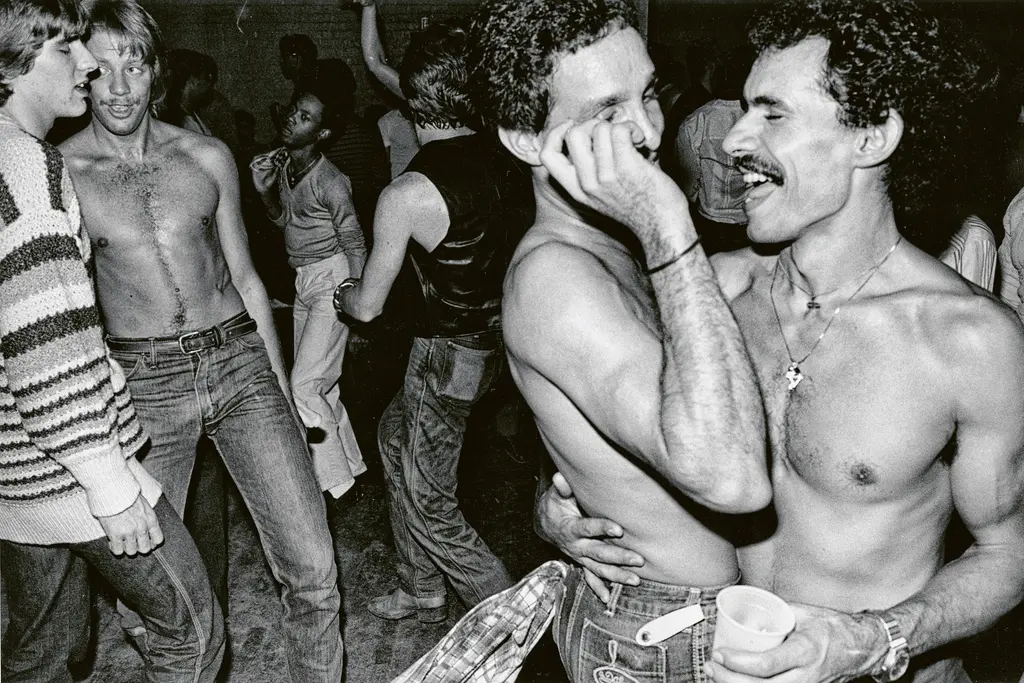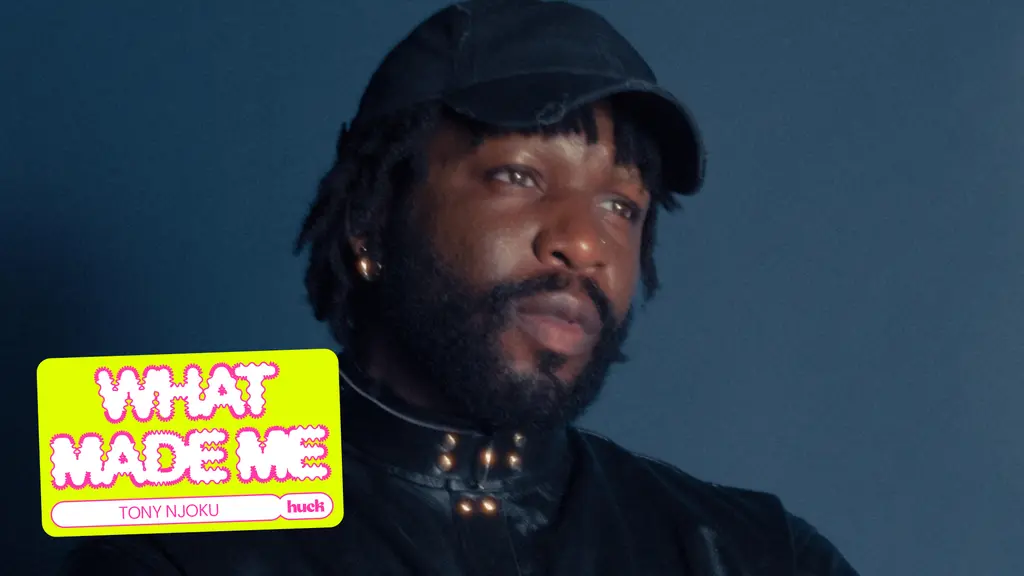Gritty photos of punks, mods, and skinheads in the ‘80s
- Text by Miss Rosen
- Photography by Yan Morvan

In 1974, Yan Morvan embarked on his extraordinary photography career chronicling radicals, activists, and outlaws, starting with the street gangs of Parisian suburbs, rockers, and bands.
Inspired by the work of W. Eugene Smith, Don McCullin, and P.J. Griffiths, Morvan remembers how he “wanted to become a great war photographer like them.” In 1985, he celebrated the 50th birthday of McCullin in Beirut on the terrace of the Hotel Alexandre during a bombing. “The dream had become reality,” he says.

But before that moment arrived, Morvan traveled to London after the 1979 election of Margaret Thatcher to bear witness to another kind of conflict. “She was to change the fate of Britain. It was time to go and see,” says Morvan, who was working as a photojournalist at Gamma, the legendary French photo agency.
The UK had always held great fascination for Morvan. He spent his formative years in Paris inspired by the massive paradigm shifts of Swinging London, which brought music and fashion to new heights. “It was a time for youth and its outbursts,” he recalls.
But a decade later, the bloom was off the rose. The British Empire collapsed as colonised nations liberated themselves from the yoke of the Commonwealth. With the economy in sharp decline, far-right extremists rallied behind the National Front, waging racists and xenophobic attacks on those brought to rebuild the nation after the war.

With “No Future” in sight, a new generation of youth rose up to rebel with the emergence of punk, skinhead, mod, ska, 2Tone, and rockabilly subcultures in the mid-1970s. “The freedom, creativity and energy of youth was the driving force behind this revolution of morals that pre-Thatcher England brought to the world,” Morvan says.
In the new book, London Subculture & Protest 1979–1981 (Café Royal Books), Morvan revisits this radical moment in UK history. Nattily-clad rude boys throw rocks on the street, skinheads show off their tattoos, and sullenly strike a pose.
“We were friendly, traveling in a world of festivities and encounters. Beer flowed – teenage passions too,” says Morvan. “I was 25 and my subjects were much younger than me. We were the kings of a world of musical encounters and the grave-digging madness of the ancient world.

While most of his encounters were peaceful and positive, Morvan recalls a run-in with less tolerant locals. “One night in a bar a bunch of skinheads tried to steal my cameras,” he says. “I managed to escape which gave me a feeling and glory for the rest of the stay.”
Forty years later, Morvan’s photographs resonate, reminding us of the power of DIY culture. “Youth is fortunately rebellious. It will always try to repair mistakes,” he says. “Yesterday it was a rebellion against patriarchal society and social distinctions, today it is the fight against racism and the safeguarding of the planet. But we do not forget that the young of today will be the elders of tomorrow, so all hopes remain open.”



London Subculture & Protest 1979–1981 is out now on Café Royal Books.
Enjoyed this article? Like Huck on Facebook or follow us on Twitter.
Latest on Huck

Maryam El Gardoum is breaking new shores for Morocco’s indigenous surfers
The Amazigh Atlantic — Through her groundbreaking career and popular surf school, the five-time Moroccan champion is helping women find their places in the waves.
Written by: Sam Haddad

Youth violence’s rise is deeply concerning, but mass hysteria doesn’t help
Safe — On Knife Crime Awareness Week, writer, podcaster and youth worker Ciaran Thapar reflects on the presence of violent content online, growing awareness about the need for action, and the two decades since Saul Dibb’s Bullet Boy.
Written by: Ciaran Thapar

Volcom teams up with Bob Mollema for the latest in its Featured Artist Series
True to This — The boardsports lifestyle brand will host an art show in Biarritz to celebrate the Dutch illustrators’ second capsule collection.
Written by: Huck

A visual trip through 100 years of New York’s LGBTQ+ spaces
Queer Happened Here — A new book from historian and writer Marc Zinaman maps scores of Manhattan’s queer venues and informal meeting places, documenting the city’s long LGBTQ+ history in the process.
Written by: Isaac Muk

Nostalgic photos of everyday life in ’70s San Francisco
A Fearless Eye — Having moved to the Bay Area in 1969, Barbara Ramos spent days wandering its streets, photographing its landscape and characters. In the process she captured a city in flux, as its burgeoning countercultural youth movement crossed with longtime residents.
Written by: Miss Rosen

Tony Njoku: ‘I wanted to see Black artists living my dream’
What Made Me — In this series, we ask artists and rebels about the forces and experiences that shaped who they are. Today, it’s avant-garde electronic and classical music hybridist Tony Njoku.
Written by: Tony Njoku

